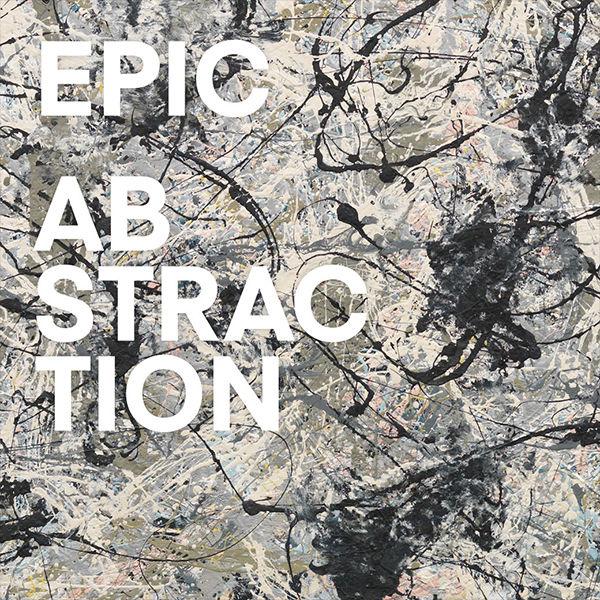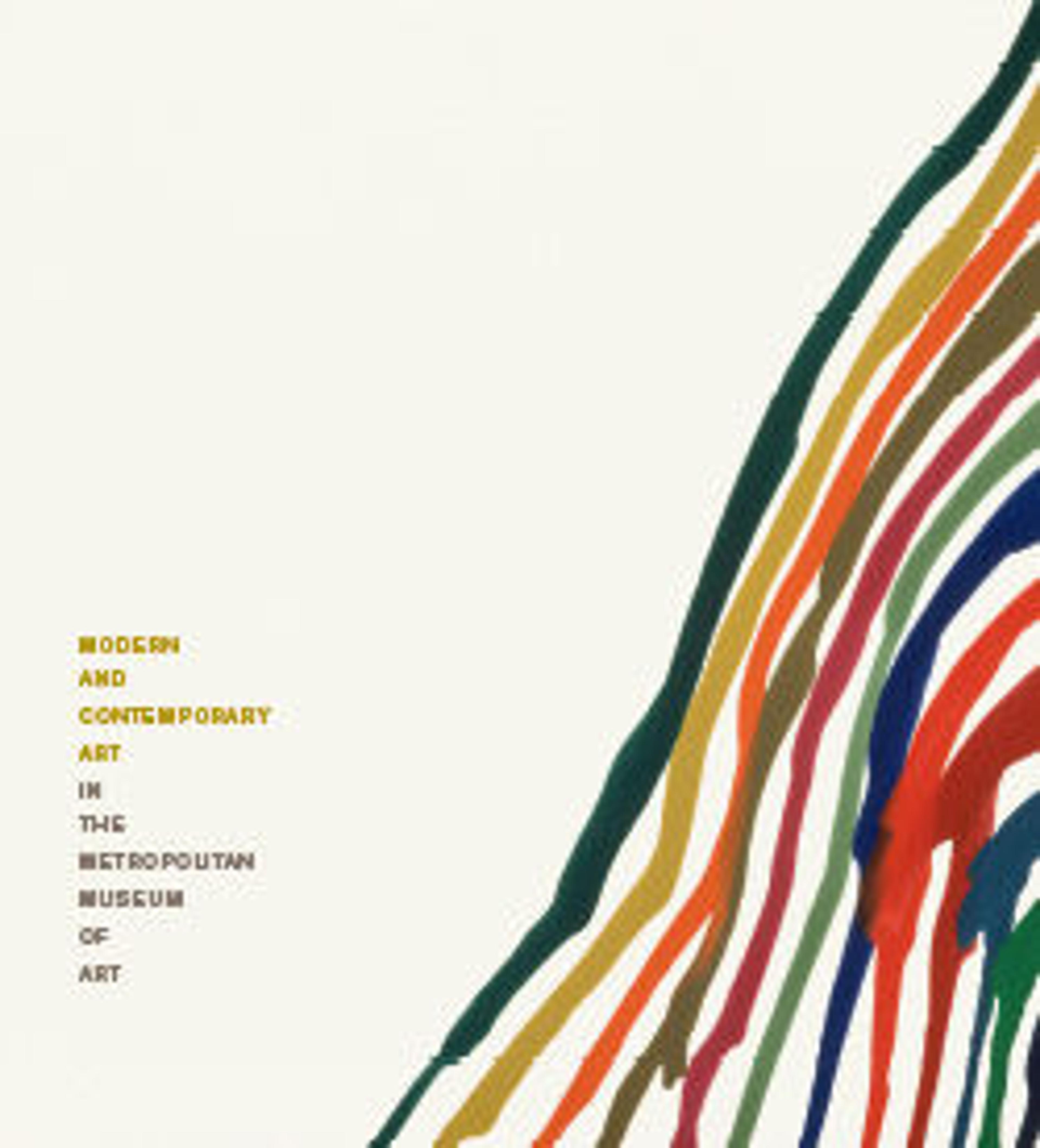Mrs. N's Palace
Artwork Details
- Title:Mrs. N's Palace
- Artist:Louise Nevelson (American (born Ukraine), Kiev 1899–1988 New York)
- Date:1964–77
- Medium:Painted wood, mirror
- Dimensions:11 ft. 8 in. × 19 ft. 11 in. × 15 ft. (355.6 × 607.1 × 457.2 cm)
- Classification:Sculpture
- Credit Line:Gift of the artist, 1985
- Object Number:1985.41.1–.205
- Rights and Reproduction:© 2025 Estate of Louise Nevelson / Artists Rights Society (ARS), New York
- Curatorial Department: Modern and Contemporary Art
Audio

2090. Louise Nevelson, Mrs. N's Palace
Gallery 922
BEATRICE GALILEE: This monumental sculptural piece is by the American artist Louise Nevelson. This is really one of her most important major sculptural installations. It's called Mrs. N’s Palace.
I would encourage everybody to spend time walking around and examining and exploring each of the walls of this sculpture.
NARRATOR: Beatrice Galilee is the Daniel Brodsky Associate Curator for Architecture and Design at The Met.
BEATRICE GALILEE: The piece has a huge presence in the gallery. And it has that presence because she saw it as an architectural space.
NARRATOR: Louise Nevelson often referred to herself as an architect. She built structures out of wooden cast-off items—an “additive” approach to sculpting.
BEATRICE GALILEE: She unites all of these fragmented, discarded parts of the city and paints them all in one monochrome color. In this case, she paints the whole sculpture in black. For her, black is not dark or sad or somber; it's very grand and dignified. It has all these connotations of continuity and eternity.
NARRATOR: Despite being monochromatic, Nevelson’s sculptures are notable in their diversity of textures.
BEATRICE GALILEE: She selects each object. She touches the wood, sees how the grain is. Creates these contrasting textures, and then she uses the paint which, is completely flat, but she uses, techniques of chiaroscuro, to create shadow, to create depth, to create architectural spaces with these disparate objects.
NARRATOR: New York City inspired Nevelson—its people, its buildings, its dynamism—and this piece can be read as a celebration of her fondness for the city.
BEATRICE GALILEE: When she creates these spaces from all of these fragmented things, unites them with one color, it's a way of creating a permanent homage to the city; to all of these things that she’s found. And gives everything this permanent new life.
NARRATOR: The title, Mrs. N’s Palace, refers to the artist, and appears to have multiple meanings. Some interpret it as a symbolic mausoleum; others as a reflection of how she made her art—for herself. Still others see it as an embodiment of Louise Nevelson—known for her false eyelashes, head scarves, and larger-than-life personality.
BEATRICE GALILEE: There is this flamboyant exterior, there is all of these things to say, all of these ideas. And in the end, the interior is something that is private, and that is untouched, and goes untrodden.
When you retreat from the city and then you approach something like this, and you have the experience of feeling the city back in the room, I think that's a really interesting experience.
More Artwork
Research Resources
The Met provides unparalleled resources for research and welcomes an international community of students and scholars. The Met's Open Access API is where creators and researchers can connect to the The Met collection. Open Access data and public domain images are available for unrestricted commercial and noncommercial use without permission or fee.
To request images under copyright and other restrictions, please use this Image Request form.
Feedback
We continue to research and examine historical and cultural context for objects in The Met collection. If you have comments or questions about this object record, please contact us using the form below. The Museum looks forward to receiving your comments.
